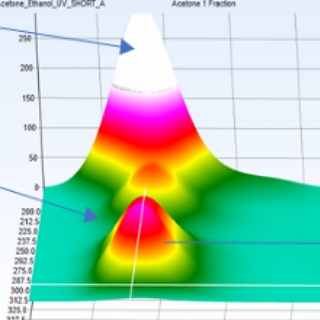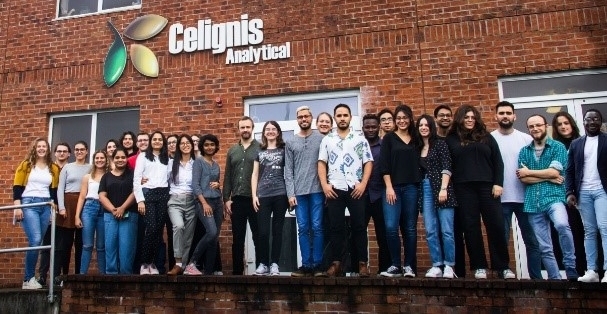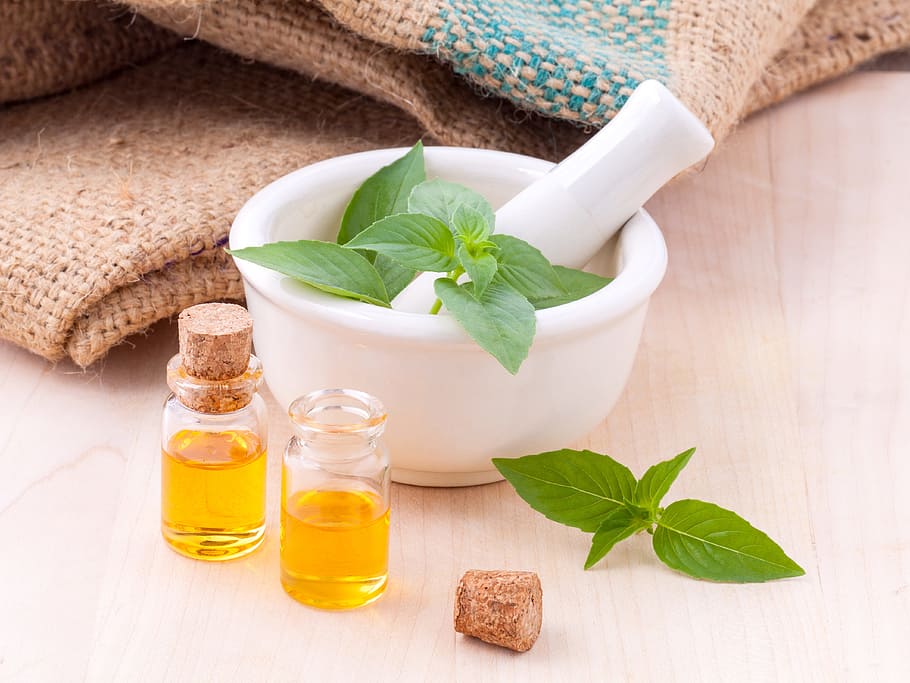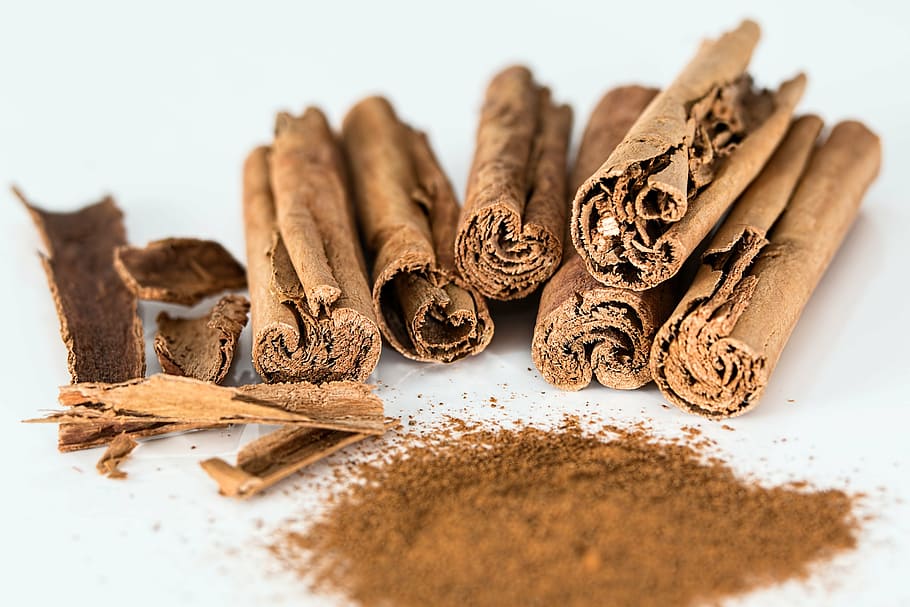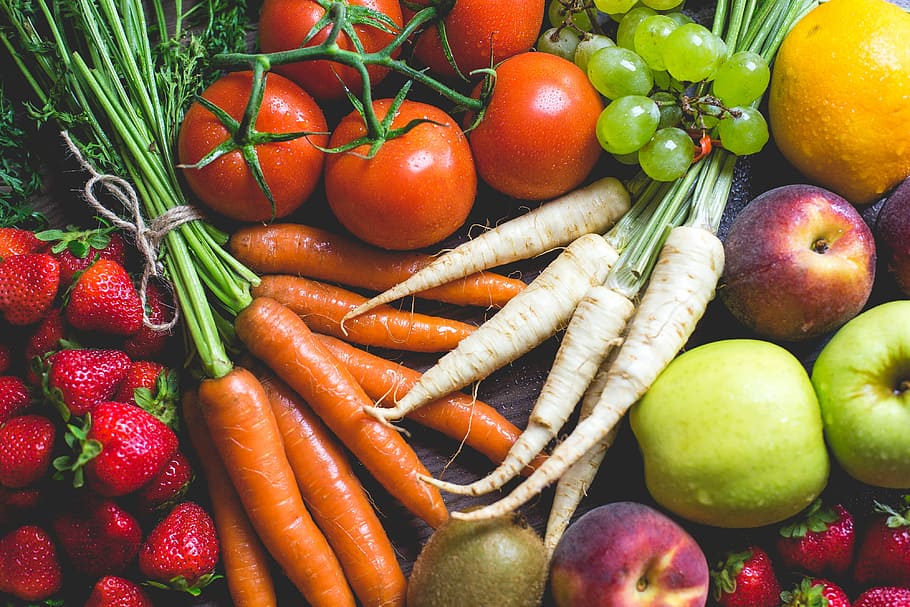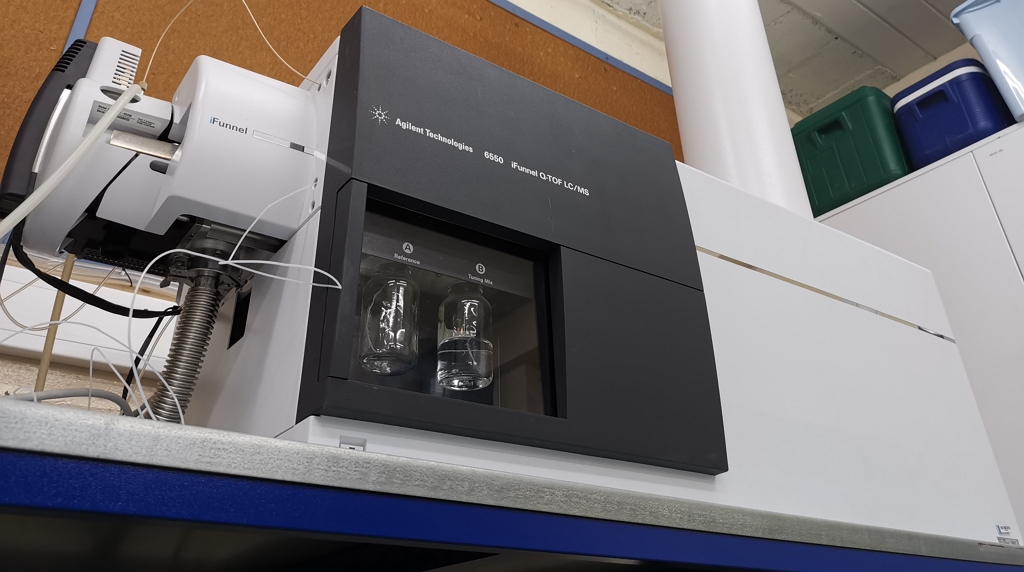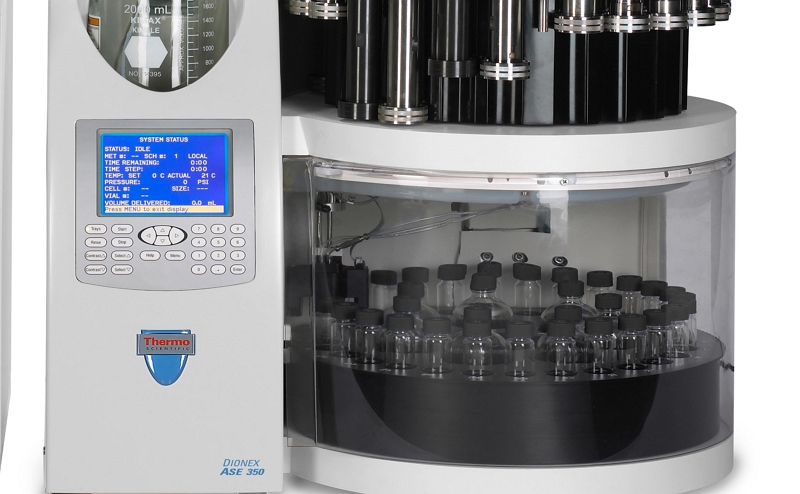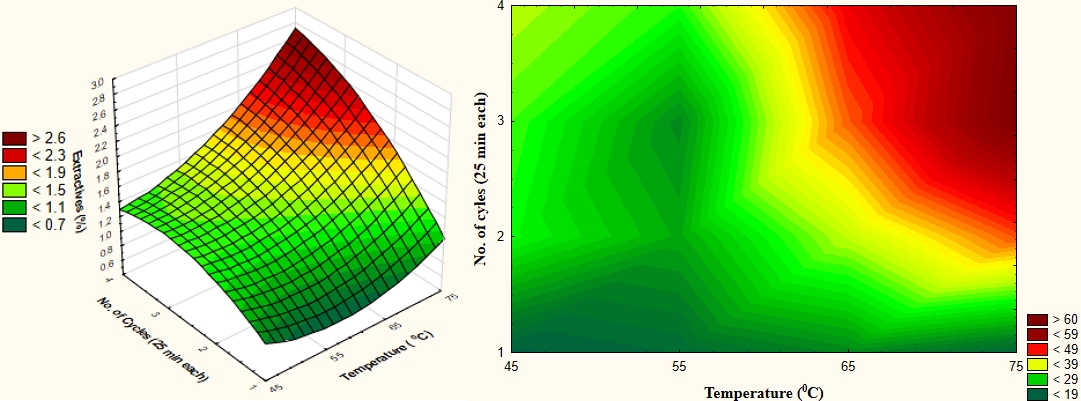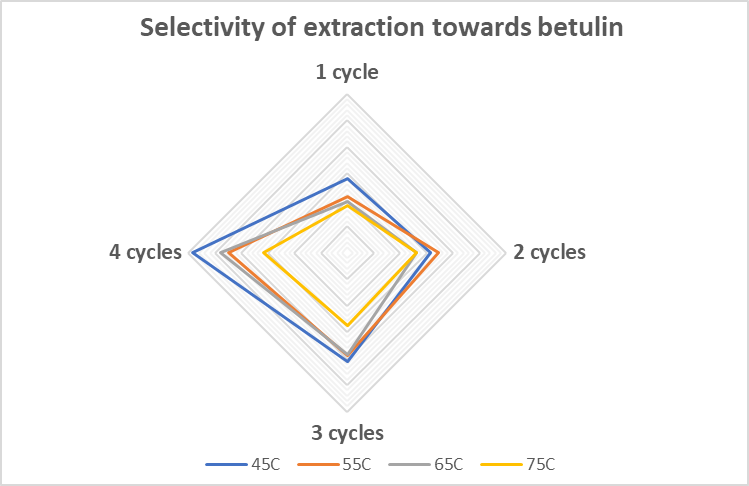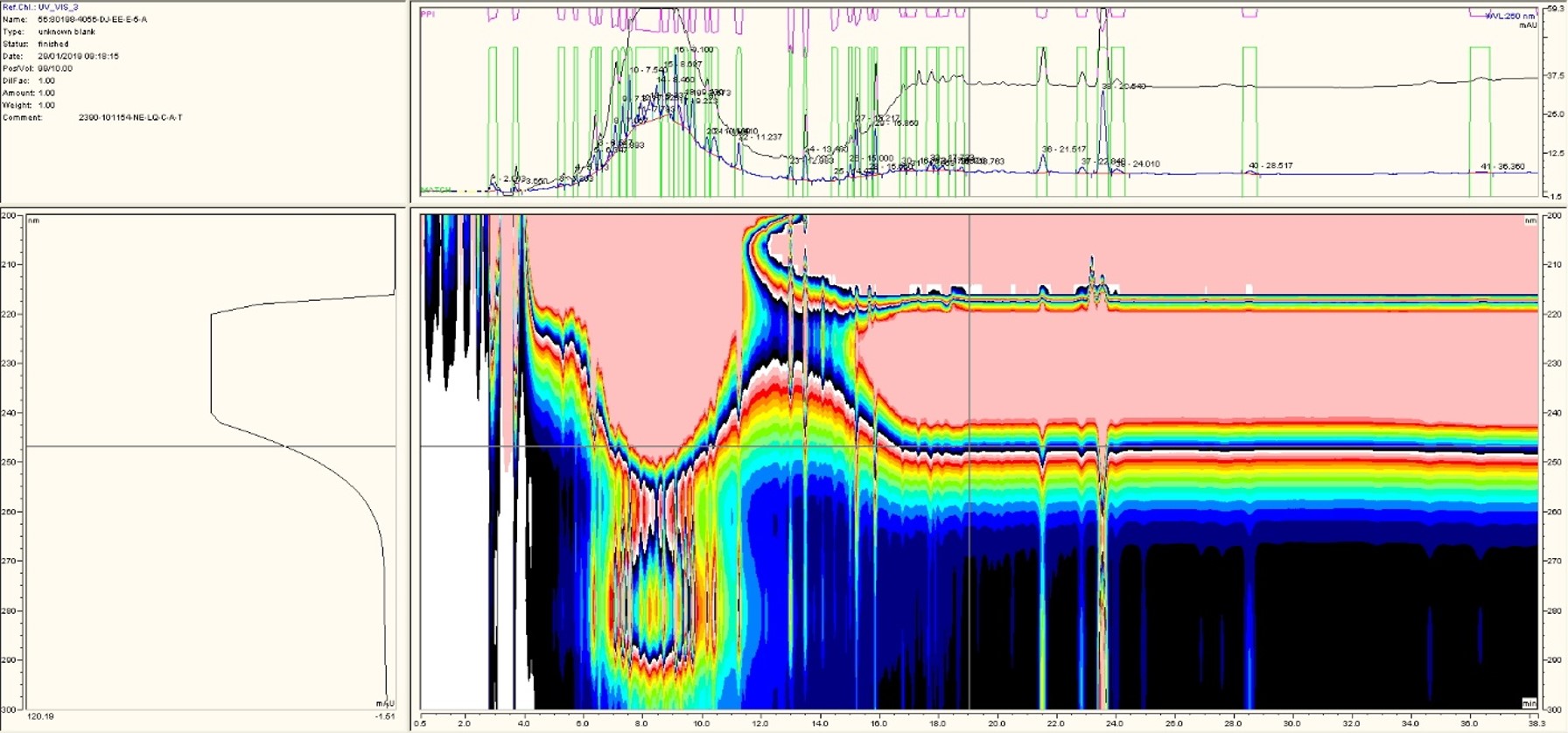Processes for the Extraction of Bioactives from Roots
Background
Many bioactives and other high-value plant constituents can be considered to be a part of the biomass extractives, which are defined as extraneous components that may be separated from the insoluble cell wall material by their solubility in water or neutral organic solvents.
Click here to learn more about the ways in which bioprocesses can be developed to efficiently and sustainably extract these extractives from biomass, with particular selectivity towards the bioactives and chemicals of interest.
Get more info...Extraction Processes
Bioactives in Roots
Ginger is one of the well-known roots that is used regularly in Asian culture for its therapeutic properties.
Roots are rich in terpenoids, alkaloids and flavonoids. Flavonoids are known to have signalling function in root-rhizosphere and constitute a large part of root exudate.
Root extracts can be in the form of oils (e.g. ginger oil, dried powders, fresh aqueous extracts etc.). The yields can be improved by maintaining the bioactivity by using efficient advanced extraction methods such as microwave treatment, ultrasonic extraction, pressurised liquid extraction, and sub-critical or super-critical fluid extraction methods.
Further Info on Classes of Bioactives in Roots
Examples of some alkaloids found in roots are listed below:
- Atropine - Found in the roots of plants in the nightshade family, such as Atropa belladonna (deadly nightshade). It has various medical applications, including as a treatment for certain types of poisonings and to dilate the pupils during eye exams.
- Reserpine - This alkaloid is found in the roots of Rauwolfia serpentina and other Rauwolfia species. It has been used in traditional medicines and also has modern medical uses, such as in the treatment of high blood pressure and some psychiatric disorders.
- Berberine - Found in the roots of plants like goldenseal and barberry, berberine has shown potential benefits for diabetes, cholesterol regulation, and other health conditions.
- Morphine - This potent opiate is found in the latex sap of the opium poppy's root system. It is used extensively in medicine for pain relief.
- Strychnine - Found in the roots of the Strychnos nux-vomica tree, strychnine is a potent poison that was formerly used as a pesticide.
- Vincristine and Vinblastine - These alkaloids are found in the roots of the Madagascar periwinkle (Catharanthus roseus). They are used in chemotherapy due to their ability to inhibit cell division.
Get more info...Alkaloids
Examples of some terpenoids found in roots are listed below:
- Artemisinin - This sesquiterpenoid is found in the roots and leaves of the sweet wormwood plant (Artemisia annua). It is a powerful antimalarial compound and is used in the production of some of the most effective antimalarial drugs currently available.
- Ginsenosides - These are a class of steroid glycosides, and triterpenoid saponins, found in the roots of the ginseng plant. They have been studied for a wide range of potential health benefits, including anti-inflammatory, anticancer, and immune-modulating effects.
- Astragalosides - These triterpenoid saponins are found in the roots of the Astragalus plant. They have been studied for their potential immune-boosting and heart-protective effects.
- Withanolides - These are a group of steroidal lactones which constitute a major part of the ashwagandha root (Withania somnifera). They are known for their adaptogenic properties, helping the body resist physical and chemical stresses.
- Furanocoumarins - Found in the roots of many citrus plants, these terpenoid derivatives have been studied for their potential antiviral and anticancer properties.
- Paclitaxel (Taxol) - This complex diterpenoid is originally derived from the bark, but it is now more commonly synthesized from the precursors found in the roots of the yew tree. It is a powerful anti-cancer drug used in the treatment of a variety of cancers.
Get more info...Terpenoids
Examples of some flavonoids found in roots are listed below:
- Isoflavones - These compounds are particularly rich in the roots of leguminous plants, especially soybeans. They function as phytoestrogens, plant compounds that can interact with estrogen receptors in animals and humans. Isoflavones are studied for potential benefits in alleviating symptoms of menopause, protecting against certain cancers, and promoting heart health.
- Hesperidin - This flavanone glycoside is found in the roots of citrus trees, among other plant parts. Hesperidin is known for its antioxidant, anti-inflammatory, and potential cardiovascular benefits.
- Puerarin - An isoflavone found in the root of the kudzu vine (Pueraria lobata). It has been investigated for numerous potential health benefits, including effects on cardiovascular health, diabetes, and neurological conditions.
- Epimedin - Found in the roots of the Epimedium plant (also known as Horny goat weed), these flavonoids are used in traditional Chinese medicine and are being studied for potential benefits in bone health.
- Liquiritin - This is a flavone found in the roots of the licorice plant (Glycyrrhiza glabra). It has antioxidant and anti-inflammatory properties, and it has also been studied for potential neuroprotective effects.
- Curcumin - This polyphenolic compound is found in the roots of the turmeric plant (Curcuma longa). It is well-known for its anti-inflammatory and antioxidant effects and is being researched for potential benefits in a wide range of conditions, from cancer to neurological diseases.
Get more info...Flavonoids
Examples of some glycosides found in roots are listed below:
- Saponins - These are glycosides that form soap-like foams when mixed with water. They are found in a wide variety of plants, including the roots. Some saponins, like those found in ginseng or licorice roots, have been studied for a variety of health effects, including immune-boosting and anti-inflammatory properties.
- Glycyrrhizin - This glycoside is found in the roots of the licorice plant. It is much sweeter than sugar and has been used in food and traditional medicine. It has anti-inflammatory and immune-modulating effects, but excessive consumption can lead to side effects like high blood pressure.
- Salicin - While mostly found in the bark of willow trees, it is also present in their roots.
- Digoxin - This cardiac glycoside is found in the roots of the Digitalis (foxglove) plant. It is used in medicine to treat certain heart conditions, but must be used carefully due to its narrow therapeutic index and potential for toxicity.
- Stevioside - This is a sweet glycoside found in the roots and leaves of the Stevia rebaudiana plant. It's used as a non-caloric sweetener.
Get more info...Glycosides
Analysis of Bioactives in Roots
Feel free to click on the links above to see more information on our methods of analysis for the different classes of bioactives or get in touch with us to request further information and a quotation.
Request a QuoteBioactives Analysis
Bioactives According to Other Plant Fractions
Get more info...Herbal Leaf Extracts
Get more info...Bark Extracts
Get more info...Flower Extracts
Get more info...Fruit & Veg Extracts
Get more info...Seed Extracts
Identification of High-Value Chemicals
For identification, we firstly get a crude extract from the feedstock, obtained via various approaches, including pressurised liquid extraction. This extract is then profiled using our top-range QTOF-LC/MS system (Agilent iFunnel 6550), which can identify constituents to the femtogram-level, and the spectra and chromatograms reviewed by Sajna, our Bioanalysis Developer. If necessary, we can collect the relevant fractions from the LC system and confirm the identification using a number of different chemical and spectroscopic techniques. We then determine which constituents warrant extraction.Develop an Optimised Extraction Protocol
Based on the identified chemical(s) of interest, we can then work on optimising a targeted extraction method. This method considers not only the yield of the target compound(s) but also the chemical and energy costs of the process and the implications for the downstream processing and valorisation of the solid residue. We consider a range of different extraction technologies, solvents, and process conditions.Typically, we first optimise the extraction at lab-scale conditions and then validate the chosen set of conditions at an nehanced scale (i.e. a higher technology readiness level (TRL)).
Separation and Purification of Target Chemical(s)
We can work on a process for the separation and purification of the targeted high value extractive compounds, while considering commercial viability and environmental aspects such as solvent and energy consumption. Based on the particular bioactive compound of interest and the composition of the liquid extract, we can employ a variety of different techniques for separation and purification.Application Testing of Extract or Separated Components
We can test the extract, or the separated compounds of interest, for a variety of different applications. The tests are custom-designed based on the extracted compound. For low molecular weight biomolecules (non food and feed), bioactivity tests, anti-microbial tests, UV absorbance properties, surface activities, and emulsion forming abilities can be tested. For the food and feed related extract fractions, such as proteins and carbohydrate polymers, nutritional properties, anti-nutritional compounds, emulsification, gelation, foaming (together with bioactive properties, in vitro digestibility etc.) are tested.Technoeconomic Analysis of the Process
The Celignis team, including Oscar our chief TEA expert, can undertake a detailed technoeconomic analysis of the developed process. We apply accurate and realistic costing models to determine the CAPEX and OPEX of simulated and pilot scale processes which are then used to determine key economic indicators such as IRR, NPV and payback periods.Our sensitivity analyses can assess the effect of variable costs and revenues, a particularly important aspect to consider given that the sale prices for some bioactive compounds can vary significantly according to their purity and market conditions.
Our preferred approach is to include TEA studies at each stage of the development of the extraction bioprocess, so that the process can be optimised in a commercially-relevant way, followed by a more detailed TEA after the process has been optimised and tested at higher TRL levels.
Click here to read more about the technoeconomic analysis (TEA) services offered by Celignis.
Bioprocess Biomass Extraction Projects - Case Studies
Betulin - UNRAVEL Project
Celignis worked extensively on biomass extraction and the purification of bioactive chemicals in the CBE/BBI project UNRAVEL where the extractives of 25 feedstocks were profiled using our QTOF-LC/MS system. We identified betulin in birch bark as the most attractive compound and subsequently worked on developing an optimised extraction protocol and an isolation/purification process scheme that offered several advantages, in terms of sustainability and safety, over the current art. Click here for a news article on this work.SteamBioAfrica Project
We are also using employing our compositional analysis and purification expertise in the Horizon Europe project SteamBioAfrica where we evaluate and process the liquid condensate obtained from the steam torrefaction process and consider market applications for its constituents, fractions, and derivatives.Celignis is testing the separation of acids, phenolics, and aldehydes for their potential to be used as high value bioactive compounds and biopesticides.
Bioactives Profiling of Tropical Trees
Celignis undertook detailed analysis of a wide variety of tropical hardwood trees for a client. This involved characterisation of different anatomical fractions (e.g. stem wood, bark, foliage). There was a particular focus on the composition of the extractives of these feedstocks. We used our QTOF-LC/MS system to profile the diverse and complex array of bioactive compounds present in the samples. We then evaluated the identified compounds and selected key chemicals that could be of high potential value for sale in different markets. We then undertook a review of these compounds, considering their potential value in various markets, the processes that could be required for their separation and purification, and whether other compounds could also be obtained as part of the extraction/separation process. The final output of the project was a list of top feedstocks and chemicals for future bioprocess development.
With regards to the extraction of bioactives from biomass, the Celignis Bioprocess team members with the most experience in undertaking such projects are listed below. Feel free to contact them to discuss potential projects.

Lalitha Gottumukkala
Founder of Celignis Bioprocess, CIO of Celignis
PhD
Has a deep understanding of all biological and chemical aspects of bioproceses. Has developed Celignis into a renowned provider of bioprocess development services to a global network of clients.
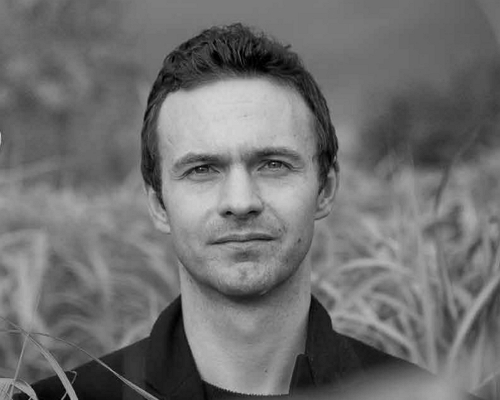
Dan Hayes
Celignis CEO And Founder
PhD (Analytical Chemistry)
Dreamer and achiever. Took Celignis from a concept in a research project to being the bioeconomy's premier provider of analytical and bioprocessing expertise.

Sajna KV
Bioanalysis Developer
PhD
Our Biomass Detective! Designs, tests, optimizes and validates robust analytical methods for our bioprocess development projects. Such bespoke analysis is key to developing an optimised bioprocess.


